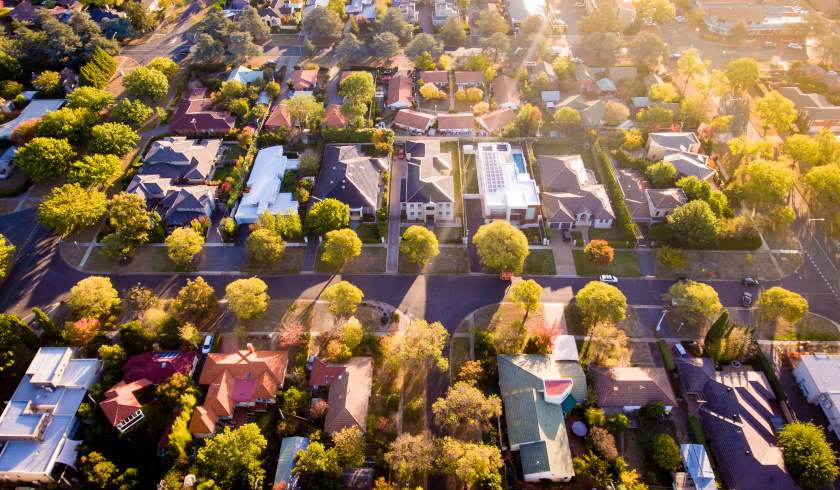‘Post-pandemic pivot’ leads property buyers to suburbia
COVID-19 has become a catalyst for change, seeing Australians refashioning their homes and rethinking where they want to live, the latest McGrath Estate Agents report said.

According to demographer Bernard Salt, the pandemic has ultimately triggered a “risorgimento of the Australian way of life”.
Moving forward, he expects to see Australians demanding more space and safer apartments, as well as a desire to build and renovate homes to make them fit for purpose in the work-from-home era.
The post-pandemic pivot the Australian home owners will make is likely to be partial to large properties in the suburbs, Mr Salt predicted.
Prior to the virus outbreak, people have been crowding closer together in high-density housing in our major cities. Australia’s population density has increased from 2.9 persons per square kilometre in 2010 to 3.3 in 2020, according to the report.
Due to the virus, Australians are valuing the safety of space more than ever before, with a Westpac survey showing 77 per cent would now prefer to live in a house. By mid-2020, one in five Aussies were already looking for a new home in suburbs with larger properties. Backyards, outdoor entertainment areas and studies were particularly highly valued features.
“The next decade and beyond really will be suburbia’s time in the sun,” Mr Salt highlighted.
The report found that Australians who can now work from home are swapping high-density apartments and small parcels of inner-city land for bigger blocks in middle and outer-ring areas that offer good transport links to the city but also have leafy landscapes and substantial space.
“The outer suburbs, once seen as unfashionable, are likely to become desirable due to their peace and privacy relative to inner-city areas. Workers-from-home no longer need to live close to the office, so they are free to relocate to more affordable suburbs within our major cities with good local amenities and transport links.”
“The long commute to the CBD will no longer be a problem for workers based at home because they won’t have to do it as often.”
However, apartment living will not entirely lose its appeal due to affordability and location for some buyers, but developers must address the need to de-risk buildings.
Australians will also demand more apartments outside urban inner-city locations. A likely future trend is the repurposing of some commercial CBD buildings as well as small retail and office plazas in the main streets of desirable suburban villages into low-rise apartments, according to the report.
Affordability
As the country faces its first recession in three decades, Mr Salt said affordability will be particularly critical in the decision making of property buyers.
In fact, research shows that 5 per cent of Australians are considering buying a smaller home before the pandemic, but now, 9 per cent are hoping to do so within the next 12 months.
For the younger generation, multigenerational living could also be the way to go.
“The final pandemic home pivot will be more multigenerational living, with many young people leaving the private rental market and returning to the family nest to save money. Multigenerational families need bigger houses, which could further fuel a move to the more affordable outer suburbs or delay parents’ plans to downsize.”
“It might also inspire renovations and extensions such as separate wings, granny flats and self-contained areas.”
Ultimately, this unprecedented event has inspired a recalibration of personal values and lifestyle.
“From this, a new way of living is emerging, one that reminds us that the value of our homes does not begin with monetary worth but rather the crucial security and comfort they provide,” Mr Salt concluded.
